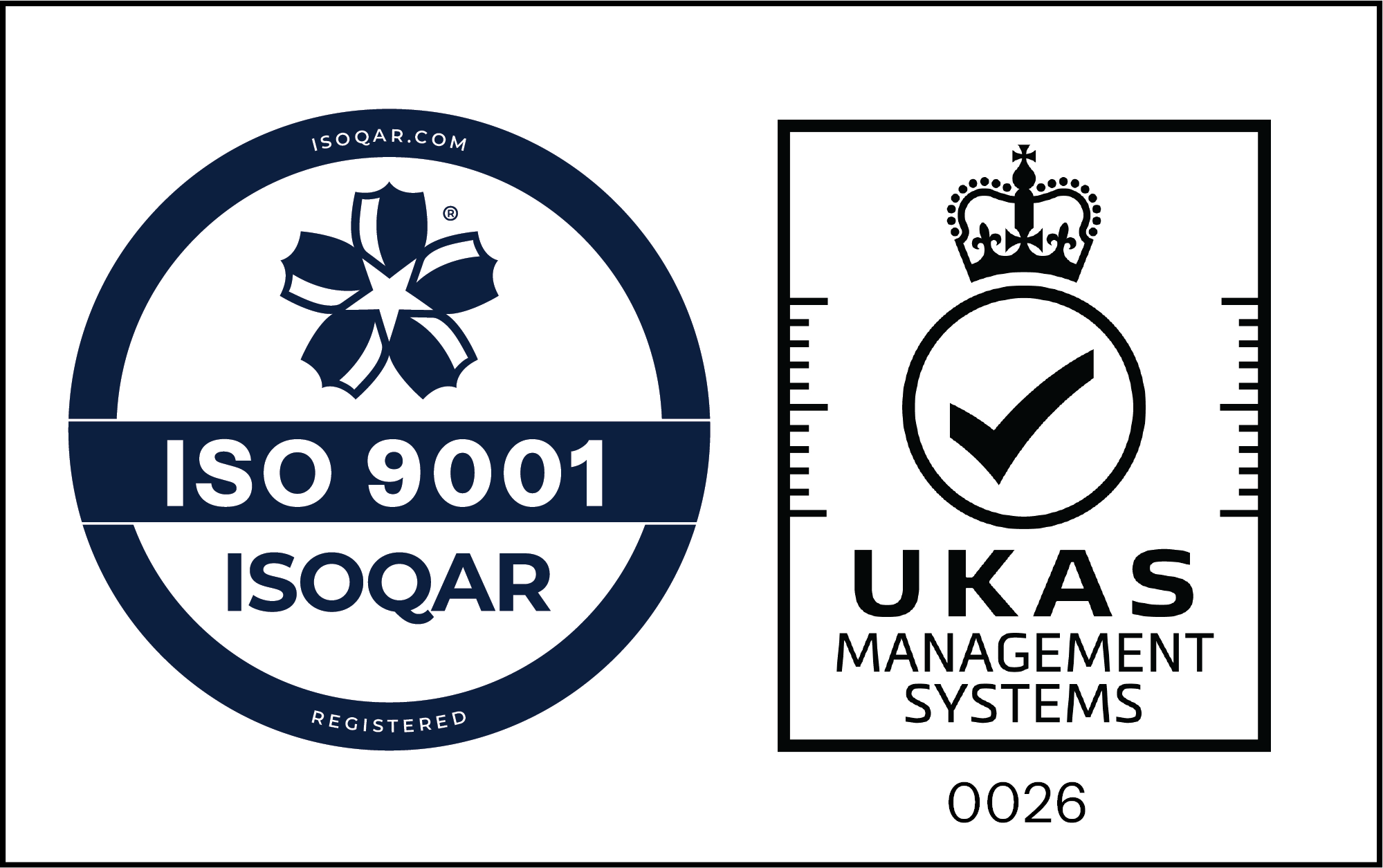The automotive industry is at a crossroads, facing the challenge of sustainability. This shift stems from the pressing need to improve air quality by reducing emissions, minimise dependence on fossil fuels, and create a more sustainable future.
The spotlight is on energy consumption as electric vehicles (EVs) demand extended ranges and internal-combustion-engine (ICE) vehicles strive for fuel efficiency. As the world moves towards prioritising sustainable technologies, the automotive sector grapples with finding the right balance. In this article, we take a look at some of the innovations the automotive industry is using to improve energy usage.
Weight Reduction
The weight of vehicles has a direct correlation with their energy usage. Studies show that, in general, a 10% reduction in vehicle weight results in an improvement in fuel efficiency of up to 8% for ICE vehicles. Electric vehicles’ range increases by up to 13.7% for a 10% weight reduction. Weight reduction is therefore a big focus area in improving energy usage in the automotive sector.
Weight reduction in the automotive sector has come a long way with the use of advanced lightweight materials and reducing the size of components. However, this avenue is starting to produce diminishing returns. While it is always possible to reduce weight further, achieving aggressive weight reductions often requires long research and development times, escalating costs and technical risks.
Active Suspension
Another development avenue to improve energy in automotive is active suspension. An ongoing challenge in the industry has been the trade-off of ride comfort, dynamic handling and maximum efficiency, and active solutions can alleviate some of these compromises. Permitting changes to the stiffness or ride height of the suspension allows manufacturers to tune the vehicle’s response to road or driver inputs across a wider range, making the best use of the tyres grip, it also enables setting the best possible aerodynamic posture for improved efficiency at high speed.
Influencing the attitude of the entire vehicle body to unlock these benefits can be an extremely energy-intensive task. Conventional active suspension products generally make use of inefficient electromechanical or centralised hydraulic systems, which cause package and integration complexities while adding significant weight to the vehicle. These systems can improve the ride and handling performance of the vehicle, however, their energy consumption is typically far higher than any efficiency savings they can enable.
Aerodynamics
Another avenue that vehicle designers have been exploring is advanced aerodynamics techniques. Active aerodynamics, for example, uses movable components to actively manipulate the airflow around the vehicle to adapt to different driving situations. When the vehicle is at high speed, this may include lowering vehicle components to reduce drag, thus increasing energy efficiency and performance, and lowering emissions. At other times, components may be raised to increase downforce, resulting in better handling, or to increase ground clearance, making the vehicle more practical for navigating terrain.
Domin’s Automotive Hydraulic Systems
Our systems for the automotive industry offer unique solutions to these energy problems. By developing systems from the ground up, we have created solutions geared towards improving energy efficiency without compromising performance.
We use advanced techniques such as additive manufacturing and modern onboard electronics to ensure our hydraulic systems are lightweight while maintaining peak performance. Energy efficiency and reliability are at the forefront of everything we design.
Our active suspension system enables fully independent stiffness and damping control with anti-roll and anti-pitch. Conventional adaptive control systems contain a host of heavy components. Our lightweight servo valve technology is at the heart of our active suspension offering. The weight reduction possibilities and extremely low energy usage of this system have been shown to lead to a 10% overall increase in the range of electric vehicles, all while maintaining suspension response times of 3 milliseconds, and ride height changes of up to 75 mm.
Our brake-by-wire and steering systems make use of our lightweight, performant electrohydrostatic actuator (EHA) systems. These systems allow drastic improvements in braking and steering performance, reducing weight and energy usage, while improving the safety and handling of vehicles.
With these technologies, Domin is actively enabling energy savings in the automotive industry.

